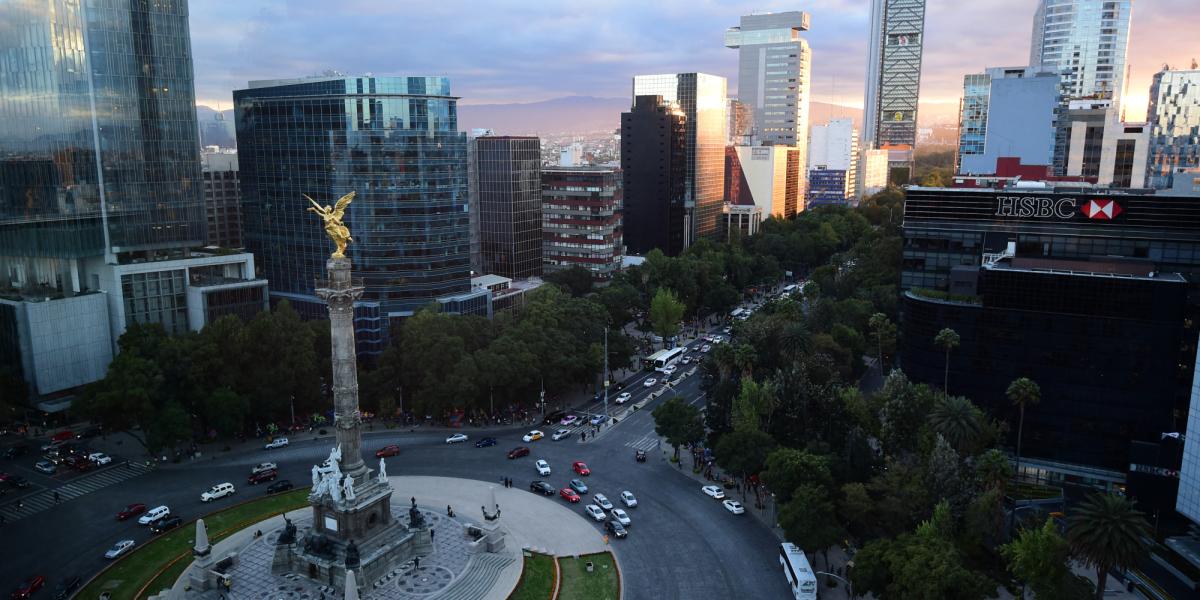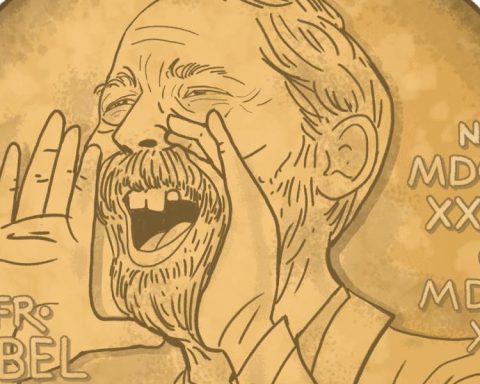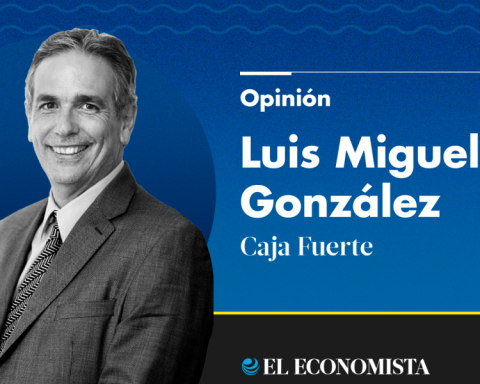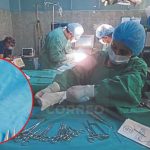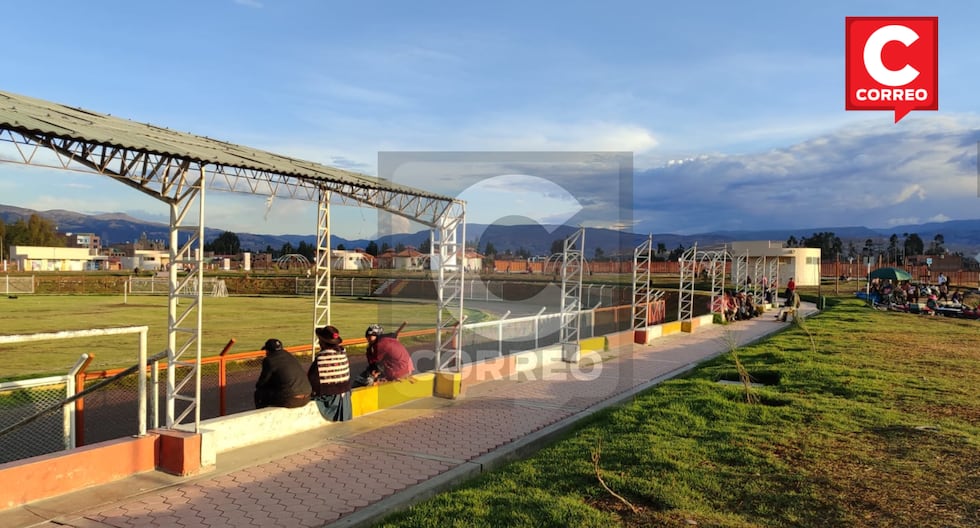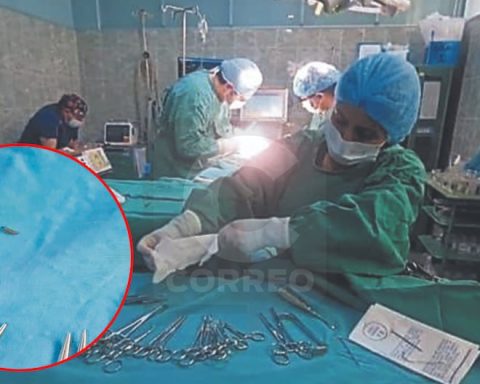Last August, the penultimate month of government of former president Andrés Manuel López Obradorfixed investment finally had a negative annual comparison by falling 0.9%, after a year of gradual deceleration, showed figures published this Monday morning by the National Institute of Geography and Statistics (Inegi).
This setback reflected the 1.9% decrease that the indicator suffered in its monthly comparison, the largest it has had since September 2023 and that almost completely reversed the 2% advance it experienced in July.
According to the report of the Monthly Indicator of Gross Fixed Capital Formation (IMFBCF) of the Inegi, the annual drop of 0.9% also stands out for being the first since February 2021when a decrease of 4.1% was observed, although at that time the trend of the indicator was to reduce its falls after the pandemic collapse that occurred in 2020.
The monthly contraction of IMFBCF In August, it focused on a strong 4% decrease in construction investment, which in turn reflected falls of 6.4% in the residential sector and 1.3% in the non-residential sector.
Meanwhile, the Spending on machinery and equipment increased of 0.6%, which encompassed a discrete improvement of 0.1% in the national product component and another 1.6% in the imported component.
Cumulative deceleration
During the first eight months of the year fixed investment It still shows an advance of 6.8%, however, this is almost a third of that observed during the same period in 2023, which was 18.1 percent.
In detail, the largest deceleration is what is observed in the non-residential constructionwhich is growing at a rate of 9.1%, compared to the 39% increase in 2023. Meanwhile, spending on machinery and equipment of national origin rises 4.4% compared to 15.6% last year.
Last year, gross fixed investment was the most dynamic component of aggregate demand behind the 3.2% GDP growth, outpacing private consumption, government current spending and exports.
This was possible thanks to the public impulse in works such as the Mayan Train, the Tulum airport or the Interoceanic Corridor of the Isthmus of Tehuantepecbut also to private spending due to the good prospects due to the relocation of investments from Asia.
For 2024, fixed investment faces this difficult comparative basis and advances with less impetus from the public sector, as the conclusion of several of the iconic works of the six-year period is near.
